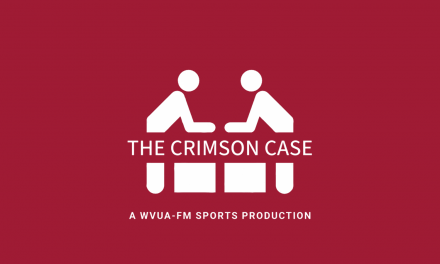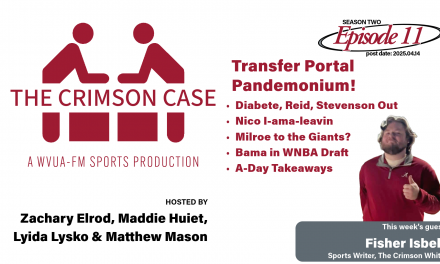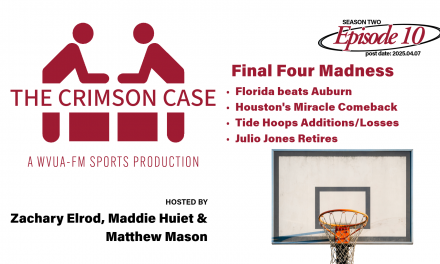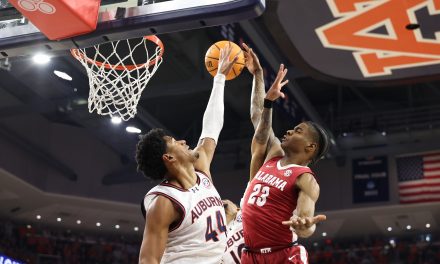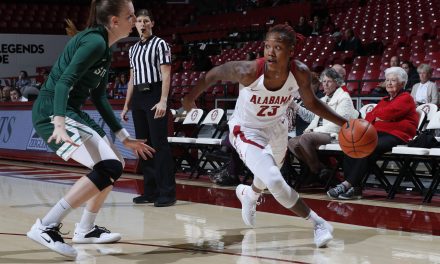Each year, hundreds of basketball players across the nation are assigned a 3-star rating and given the opportunity to join various mid-major programs across the country.
For a select few, that 3-star rating is accompanied by another assigned rating for football, baseball or whatever other sport they mastered in high school. These athletes are often forced to choose which sport means the most to them or gives them the best opportunities to move forward before they can enroll.
However, there is a third group that is even more selective than the second. There are a small group throughout history who can say that they received offers for multiple sports and found a balance between the two.
The University of Alabama is currently in search of one, or two, of these unique talents in the 2021 class.
5-star defensive back Ga’Quincy McKinstry has expressed his dual-sport interest throughout his recruitment and that led to many suggesting Auburn as a possible landing spot, but now it appears that he will be given that chance at any of the schools he has left on his list, including Alabama.
Alabama is also on the trail for 4-star defensive back Terrion Arnold, an in-state star who has offers to play either sport.
Men’s basketball coach Nate Oats said from day one that he looked forward to working alongside Nick Saban and in appears this will be his first opportunity to recruit side-by-side with the coaching legend.
Many fans are excited by the idea of having dual-sport stars on the roster, but some are understandably hesitant to have players that are not “fully dedicated” to their craft.
So why take on these dual-sport stars if they are not a 5-star talent in both sports, like, say, Bo Jackson?
The answer is simple.
Depth.
The NCAA’s rules on dual-sport athletes do not include a clause that would take away a scholarship from both teams, meaning that the school can choose which sport takes on the responsibility of that players scholarship.
With the large number of football scholarships available, the most common way to resolve the issue is to assign the recruit as a football player who can join the basketball team as a walk-on.
That means that not only does the basketball program gain a talented player to stick in the rotation, they also leave a scholarship open to sign another talented player to the roster.
There have been players over the years that tried and failed to adjust to playing both sports, but others found great success on the court and the field.
McKinstry and Arnold have a rare opportunity in front of them that could put them in the conversation of Julius Peppers and Bruce Ellington as elite football players that can contribute on the basketball court as well.
For the schools looking to add these dual-sport stars it is important to have great communication between the programs and make sure that the athlete understands the ins and outs of the situation.
Alabama has shown that connection and could find great benefit from working together.

